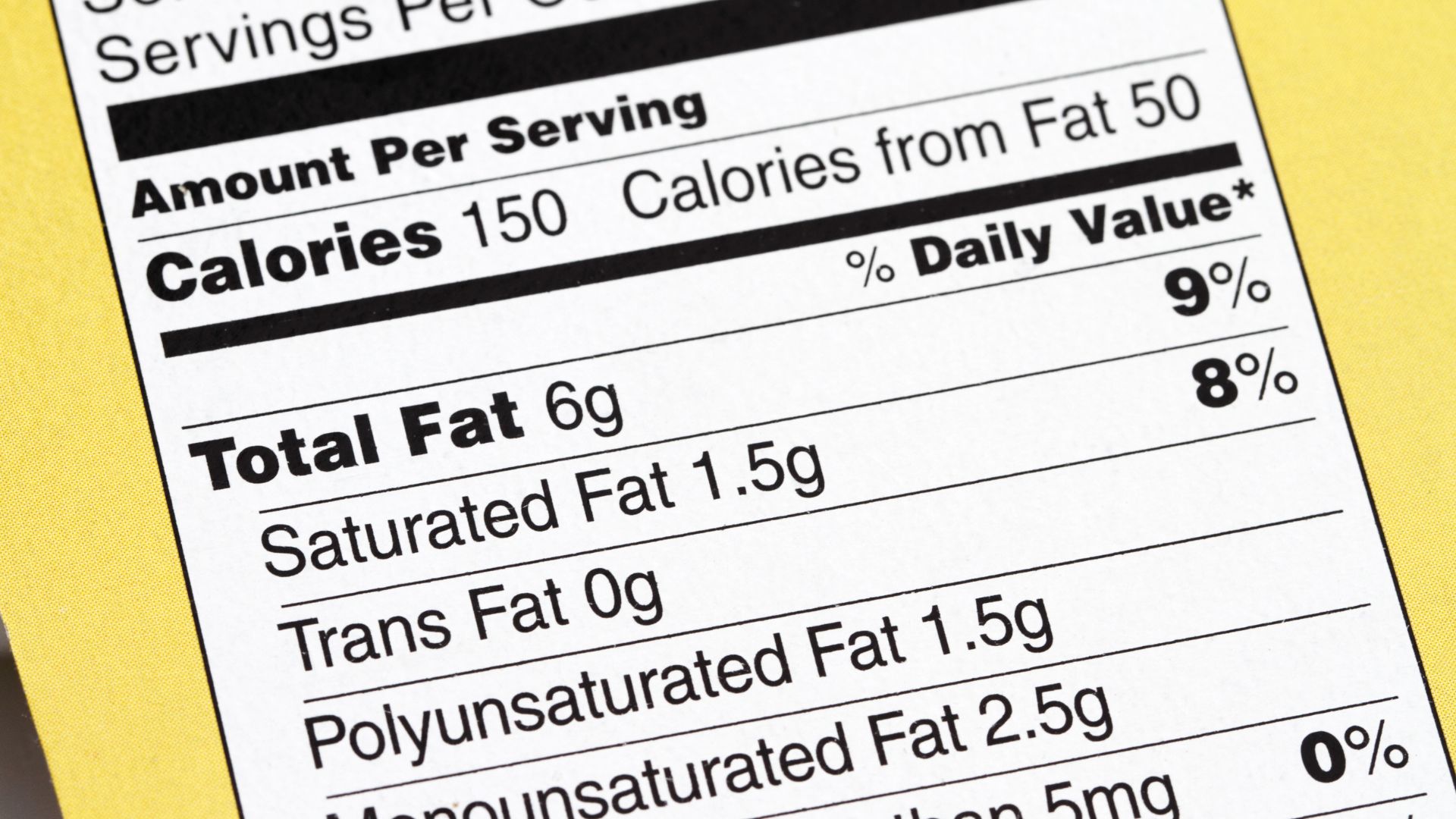Creating a new food product can be equally as exciting as it is overwhelming. Meeting FDA standards requires significant research, time, and trial and error. So how can inventors create new and innovative food products with ease? Understanding what exactly needs to be on an FDA nutritional label is an important first step.
The success of your business relies on FDA compliance, and with nutritional analysis software, this process becomes simpler. Here’s everything you need to know about an FDA-approved nutrition label.
What Exactly is an FDA Nutrition Label?
An FDA nutrition label is a transparent description and list of the ingredients in a food product. This includes everything from serving size, allergens, ingredients, and calorie count. The FDA has a strict set of guidelines and regulations that give a product FDA approval. Without an FDA nutrition label, products never make it to retail. Many new businesses get stuck here, as they don’t know how to navigate FDA standards.
FDA Regulations and Guidelines
On an FDA nutrition label, these components must be listed:
Name of Product
Along with the name of your business, the name of the product must be listed. As your business evolves, and if your product’s name changes, be sure to apply those changes to your product.
Name of Distributor or Manufacturer
This includes the name and location of the manufacturer, distributor, or packer. The FDA requires an address for all retail food products in the case of a site visit. This applies to all businesses, no matter how big or small.
Net Quantity of Products
This is the total amount of products included in the packaging. This will also read as servings per container or per package.
Serving Size
Furthermore, a recommended serving size must be listed on an FDA nutritional label.
Calories
Additionally, the nutritional label must list an estimated amount of calories per serving.
Nutrition Facts
By using nutritional analysis software, manufacturers easily produce a comprehensive list of nutritional facts. This includes total fat count, cholesterol, sodium, carbohydrate, dietary fiber, sugar, and protein. Nutrition facts must list the percentages of vitamins and minerals, too. Refer to the FDA Food Labeling Guide for relevant exemptions and guidelines.
Ingredients List
Firstly, you must list each ingredient in order of predominance. With the assistance of nutrition analysis software, you can produce a label with an accurate list of ingredients.
Allergens
Luckily, thanks to LabelCalc’s allergen-flagging software, it pinpoints major allergens in your product. FDA nutrition labels must list all allergens for total transparency.
Warnings and Safe Handling Statements
Above all, if you have any concerns about the safe handling of your product, your nutrition label should reflect that. In some cases, products can be unsafe for certain populations or demographics. Listing a warning complies with FDA regulations.
Get FDA Approval with Ease
The process of obtaining FDA approval often feels taxing, especially with the level of transparency the FDA requires. Luckily, we know an easier way. So by using LabelCalc’s nutritional analysis software, you create FDA-approved labels in just minutes. This way, your product can make its way to the shelves, and your business can thrive.
All businesses, no matter how big or small, need FDA approval to make it to retail. Now, the process becomes simpler than ever. Curious? Learn more here.
Choose LabelCalc for Your Next Great Product
LabelCalc technology helped over 30,000 brands find major success. Additionally, we want to assist you in creating your next great product. As a result, you can get FDA approval with ease, cut the stress in half, and see your product on shelves in no time. If you want to learn more, feel free to schedule a free consultation with an FDA-certified nutritionist.

